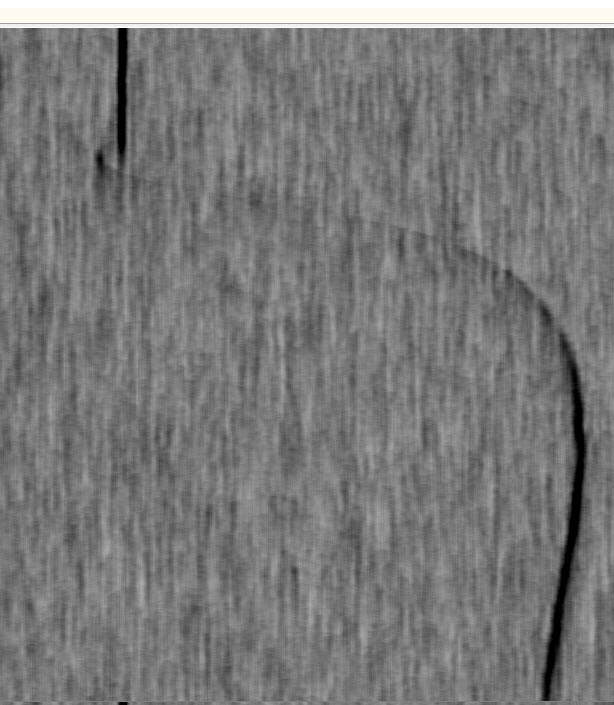
The WOW point is seldom available to SETI Net because of its low point in the Southern sky. You can read a further explanation of this famous signal here.
The Ohio State University's "Big Ear" - The system that reported the WOW signal. There is some difference in opinion on the frequency the Big Ear was tuned to when the WOW signal was detected. I usually use the frequency reported by Dr. Jerry Ehman of 1420.4556 +/- 0.005 MHz but in his book 'The elusive WOW' Robert Gray reports that John Kraus thought that the receiver might have been tuned to 1420.356 MHz so I set aside some observing time at this frequency as well.
'Kraus' refers to John Kraus the designer of the Big Ear
2016-11-21 T 13-26-48
New sofware running. Hit occurred and produced this :
Hit: 1111

Receiver chirp was operating.
2014-07-31 22 :25 Pacific - A signal was detected and is being falsified. Stand by for details.
2014-03-05 6:41 AM Pacific - Working a hit in the WOW area. It is one of those that does go down in amplitude when the antenna is moved off axis but does not disappear completely. Most probable a mixing effect with a large local signal but WAVs and JPGs were collected - just in case.
Its an open hit to be revisited after that point in the sky drops below the horizon.